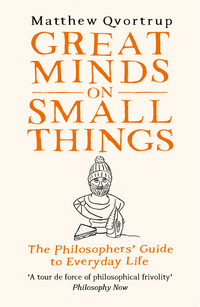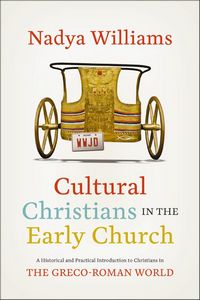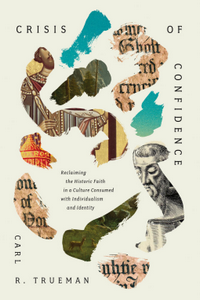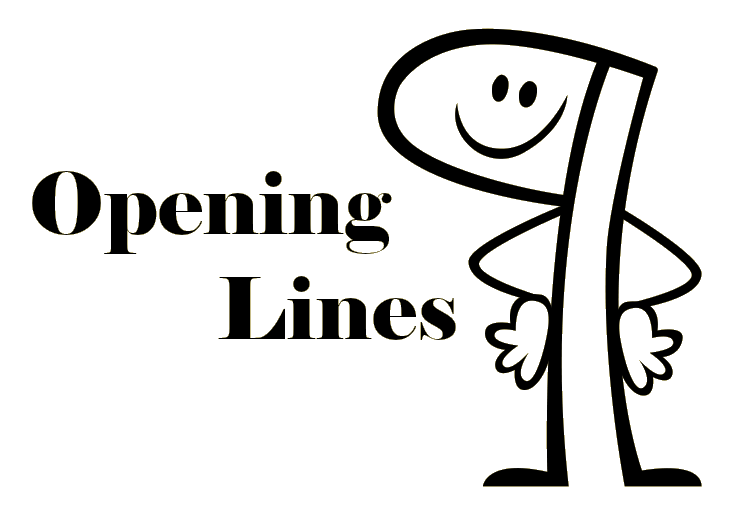 Proclaiming Christ in a Pluralistic Age:
Proclaiming Christ in a Pluralistic Age:
The 1978 Lectures
by J.I. Packer
DETAILS: Publisher: Crossway Publication Date: February 27, 2024 Format: Hardcover Length: 132 pg. Read Date: May 5-12, 2024

What sort of communication is the gospel? Answer: It’s a story. Itsa story told about God. Ultimately, inasmuch as it’s a matter of revelation, it’s a story about God told to us by God. It’s a story in which God through his spokesman bears witness to himself. The theme of the story is precisely the living God at work—in this world, in the past, in the present, and in the future. It’s the story of what God has done, is doing, and will do.
What’s Proclaiming Christ in a Pluralistic Age About?
This book is made up of a series of five lectures inspired by 1 Corinthians 1:22-24:
For Jews demand signs and Greeks seek wisdom, but we preach Christ crucified, a stumbling block to Jews and folly to Gentiles, but to those who are called, both Jews and Greeks, Christ the power of God and the wisdom of God.
The lectures set out to talk about how we proclaim Christ in an age (as Paul’s was) dominated by other ideas about God, the world, Jesus Christ, and so on—starting with Christ crucified and then moving to Jesus’ humanity, his divinity, what he did (particularly the atonement, as Packer is focused on him crucified), and his uniqueness. Throughout these talks, his aim is to build up the understanding and confidence of believers in light of secular thought, universalism, pluralism, other forms of theological liberalism, and so on.
Apparently, this was supposed to be a book back in the 70s or 80s, but the project was abandoned (or maybe just overlooked—Packer has something like 70+ titles under his name, he’d have been bound to forget if he didn’t finish a book). But now Crossway has got the lectures cleaned up and polished and in our hands now. I, for one, am glad about that.
So, what did I think about Proclaiming Christ in a Pluralistic Age?
The chapters are a little over twenty pages each—so there’s not a lot of depth that he can get into (I wonder if Packer had put the book together himself if he’d have expanded on the talks). But he does cover each topic adequately—and Packer’s a little better at getting in details into a brief work than others are.
While he might not get as granular on some points as a reader (or me, to be specific) would’ve liked. He covers the breadth of the topic, pointing the reader in the right direction to go to dig deeper themsleves.
As always when one reads Packer, you have to be impressed with the clarity that he brings to his work. His desire to see Christ proclaimed correctly and passionately shines through and his perspective on them is like a breath of fresh air. It just rejuvenates you to read him.
Strongly written, convincing, and encouraging—Proclaiming Christ in a Pluralistic Age will satisfy the attentive reader.

This post contains an affiliate link. If you purchase from it, I will get a small commission at no additional cost to you. As always, the opinions expressed are my own.
![]()





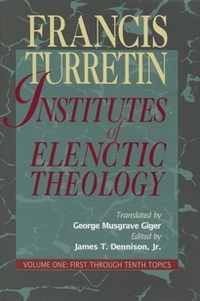
 Theology
Theology




